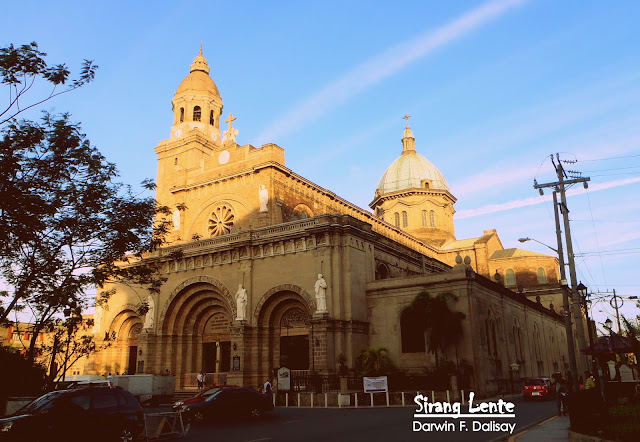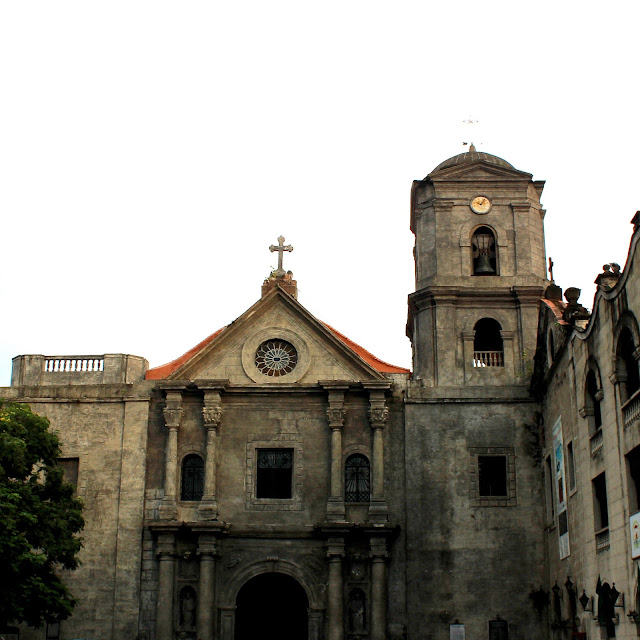
The Sulu Museum is a two-story building that houses the relics, documents, paintings, and other historical memorabilia of Sulu. Previously, this building housed the Library of Sulu. What's interesting inside are the Chinese wares and documents, such as the 1878 Land Lease Agreement between the Sultanate of Sulu and British North Borneo Chartered Co. The Photo above is some of the works of Abdulmari Asia Imao, a National Artist for Sculpture.









